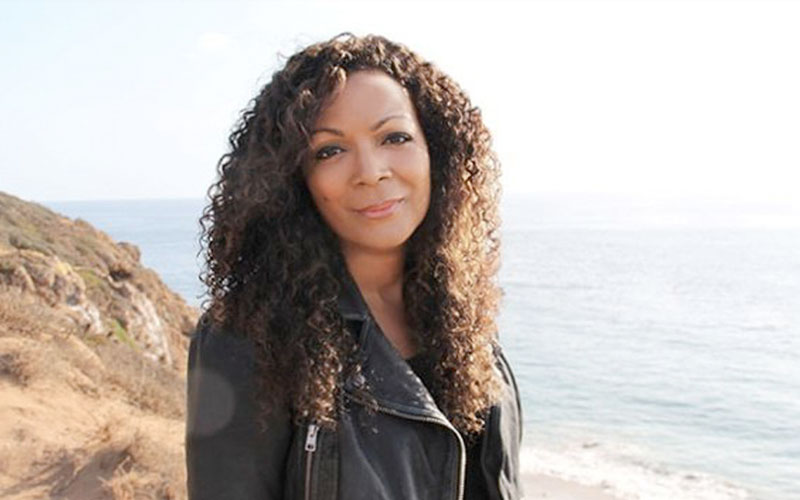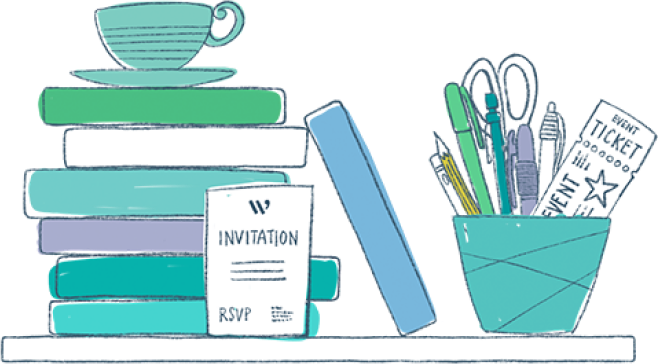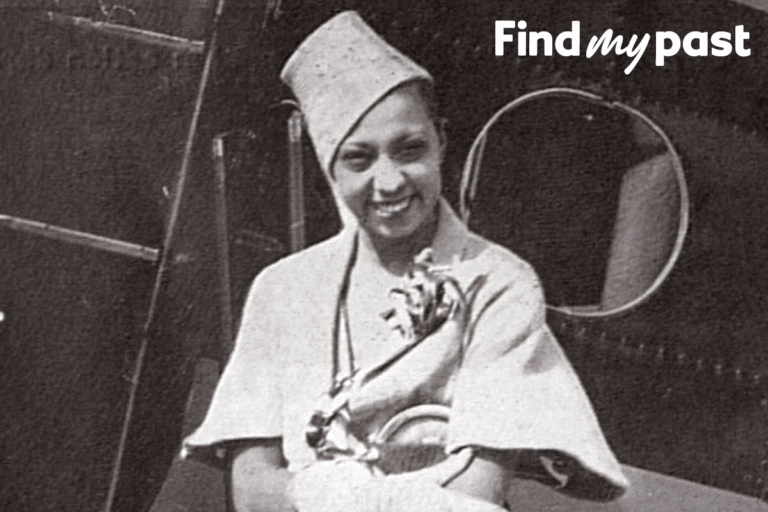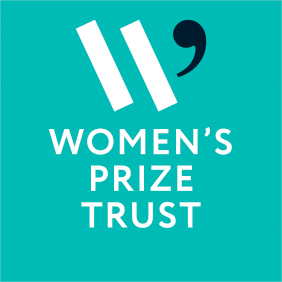Ahead of tomorrow’s 2016 winner announcement, we caught up with shortlisted author Cynthia Bond to discuss the inspiration behind her debut novel Ruby.
I’ve often said that writing Ruby was like making a pot of New Orleans Gumbo, a spicy thick stew chock full of shrimp, Andoiuille Sausage, chicken, catfish, crab, peppers—really, whatever can be imagined, all you have known can be stirred into the pot. It takes easily 6-8 hours to get it right. My ex-husband, who is from Yorkshire, often compared it to a lamb hot pot. The ten years of writing the Ruby trilogy was like that. The following are the more distinct ingredients:
My mother’s scars. She would roll up her left sleeve and my sister and I would lean close to inspect the smooth island of blanched white where a teacup had been hurled and broken into her elbow. The tiny dot on the sole of her foot when at seven she had stepped on a rusty nail and had worn a slab of salt pork wrapped around it all summer, leaving oiled stains on the floorboards. Growing up in her all-black Liberty Community in East Texas my mother had never been to a doctor, nor had anyone she knew. Instead they went to a Natural Healer, a women who dispensed herbs, roots, powders to mend ailments. If this did not work, then, my mother said, people just died.
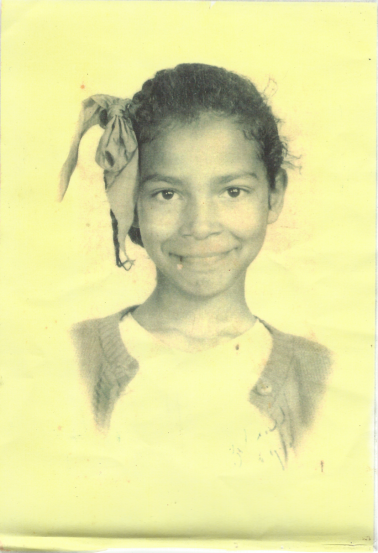
This was the way of life in the 1940’s. Although my sister and I had been born in Texas, where our father taught speech and literature at Prairieview University, we had moved and quickly become city girls growing up on the Kansas University campus. It was the late sixties and the campus was filled with picket signs and protests and buildings being burned, yet we marveled at the illustration of our mother’s body. We knew nothing of farms and growing cotton, and a father (our granddaddy) who found water with a divining rod. While my mother became a Community College President, and is still the most beautiful woman any of us had ever seen—her scars were our favorite chapter book, which we begged to hear again and again. These stories were the inspiration for Liberty Township in my novel.
My grandmother’s voice and the tight, rhythmic shaking of her head when she told what had happened to our Aunt Carrie. My professorial father had a tape recorder and leaned over her like a journalist. My sister and I had heard whispers of the story before, but never like this. We learned it was a mournful song threaded through a needle that stitched our family quilt. She told how my Aunt was involved with a married white man in the late 1930’s. How the town had risen up when he built her a house in the woods, and crashed down when the Sheriff and his Deputies stole away with her and her two sisters one night. They placed her sisters in the jail and dragged my Aunt to a hill and shot her so many times no one could recognize her, then stuffed her body into a burlap sack and threw it on her daddy’s porch. Aunt Carrie, and the justice never afforded her, my mother, nor any subsequent generation—My ability to break this silence was also an inspiration for Ruby
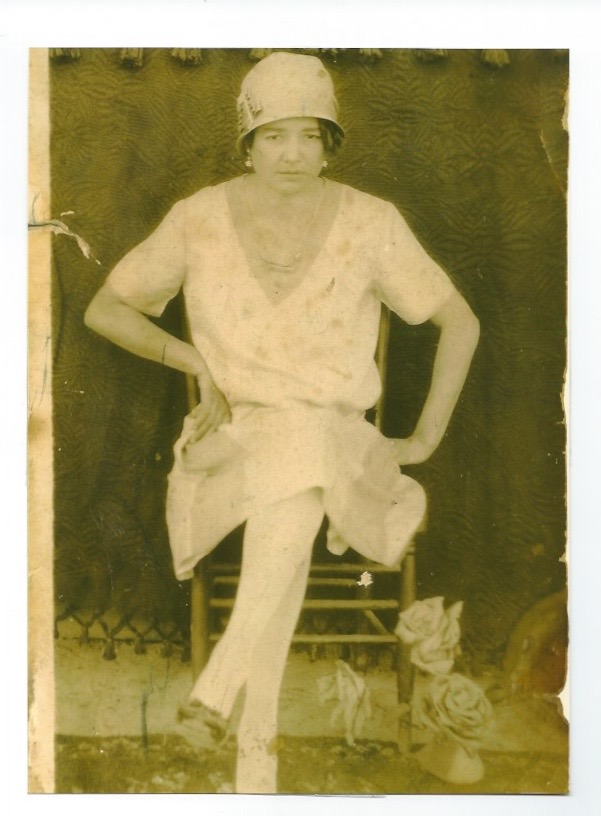
The New York section of Ruby was inspired by the Black Literati we met in Lawrence, Kansas when we were children. As one of the few black instructors at K.U. my father, and our home a dock for the great, grand literary ships of our time, Gwendolyn Brooks, Sonya Sanchez, Maya Angelou, our cousin Julian Bond and many others who sat in our living room, laughed like music, conspired and unfolded tales like candy wrappers. The stories dark and sweet. When I was an adult, studying writing with the brilliant John Rechy, author of the seminal novel City of Night I learned and read about Gay life and prostitution in New York in the 1950’s. Both fed and created Ruby’s story in New York.
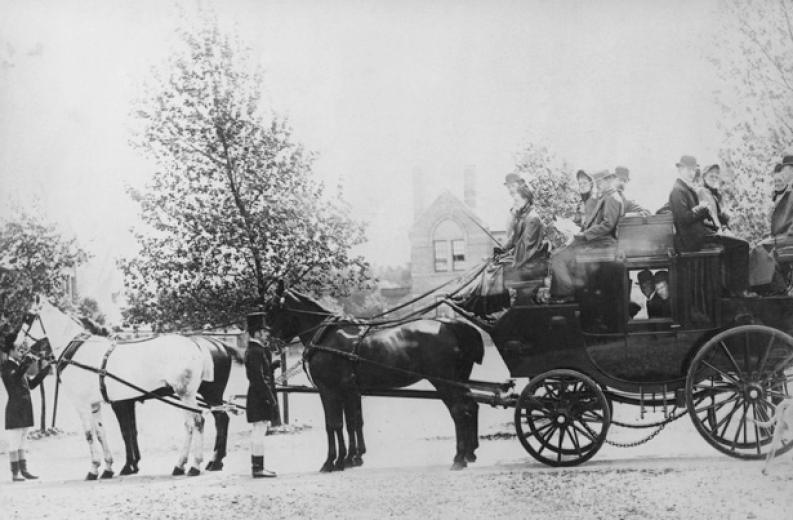
The secrets of my own life seasoned this story. Bitter herbs, and taro root and blood falling onto concrete. The stories of the homeless youth I taught in Los Angeles. The recovery houses, the shelters, the community buildings and sitting on the sidewalks. Stories that resonated with my own, stories that did not, but that I knew because, like so many women, I had walked through my own fire, then once safe, ignited flames within myself, trying to burn, to immolate, so that I knew the young heroin addict who had almost died in the Denny’s bathroom, I knew the young women lost in a cult, I knew the anger of the transgendered young woman who had been beaten by police. I had not walked it, but I knew it, and they could see that I did.
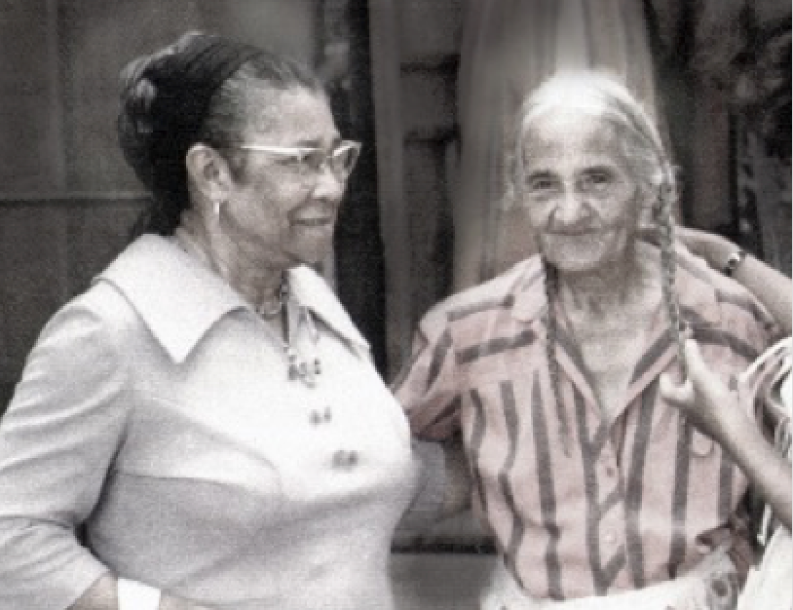
These stories mingled and lead me to the millions of children locked in small rooms, waiting for grown men to enter. The girls naked, terrified, who are raped by 10, 15, 20 men a day until all that they are–their likes, dislikes, favorite sweets and games and how they loved the wind fluffing their hair, or the scent of honeysuckle, or jasmine and mud cakes and scary closets–all of that gathers into a cloud, leaves their bodies and hides in the corner for safety, in order to preserve, protect and one day retrieve. But after days after months after years, if these children manage to stay alive, they watch helplessly as the cloud rises from the corner and slips out of the window. So that they become only what the men tell them they are. I wrote Ruby for all of those girls who have forgotten. I wrote Ruby, as impossible as it may sound, to try to hold the souls of all of those children, until they can come back to reclaim them
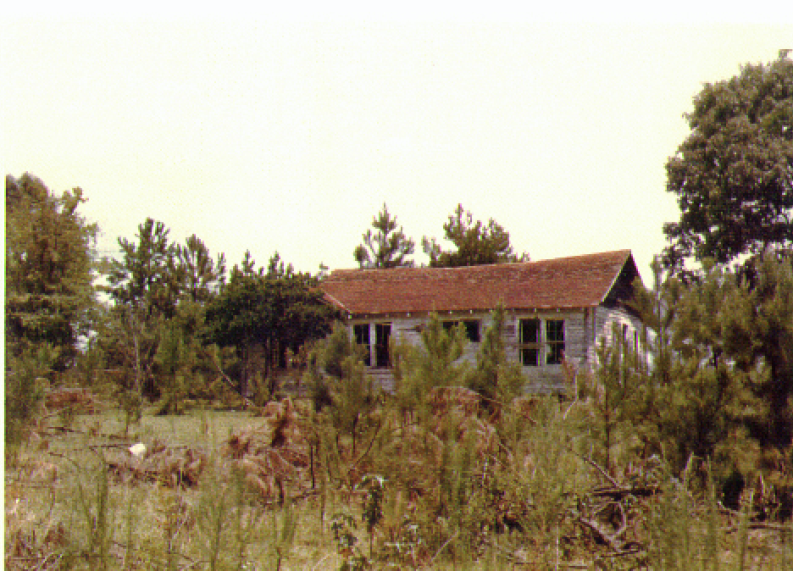
Finally I was inspired by how story can weave together into a tight rope that binds and heals. I learned that through telling the best story, crafting the best form of structure I could remember, the heavy full laughter and gossipy jokes, and playing the dozens the memory of which, can carry us through the deepest pain. How the scent of night blooming jasmine or a gardenia, or blackberry cobbler or fried catfish, the deepest kiss, the sweat and magnet of passion—love, sweet like powered sugar at the back of your throat, all remembered, all carried like a knapsack. How these were the greatest inspirations of all, for they allowed me to survive my story, and ultimately grow and change myself.
To find out more about Ruby and see the 2016 shortlist in full click here. Don’t forget to tell us what you think of the books on Twitter, Facebook and Instagram.
